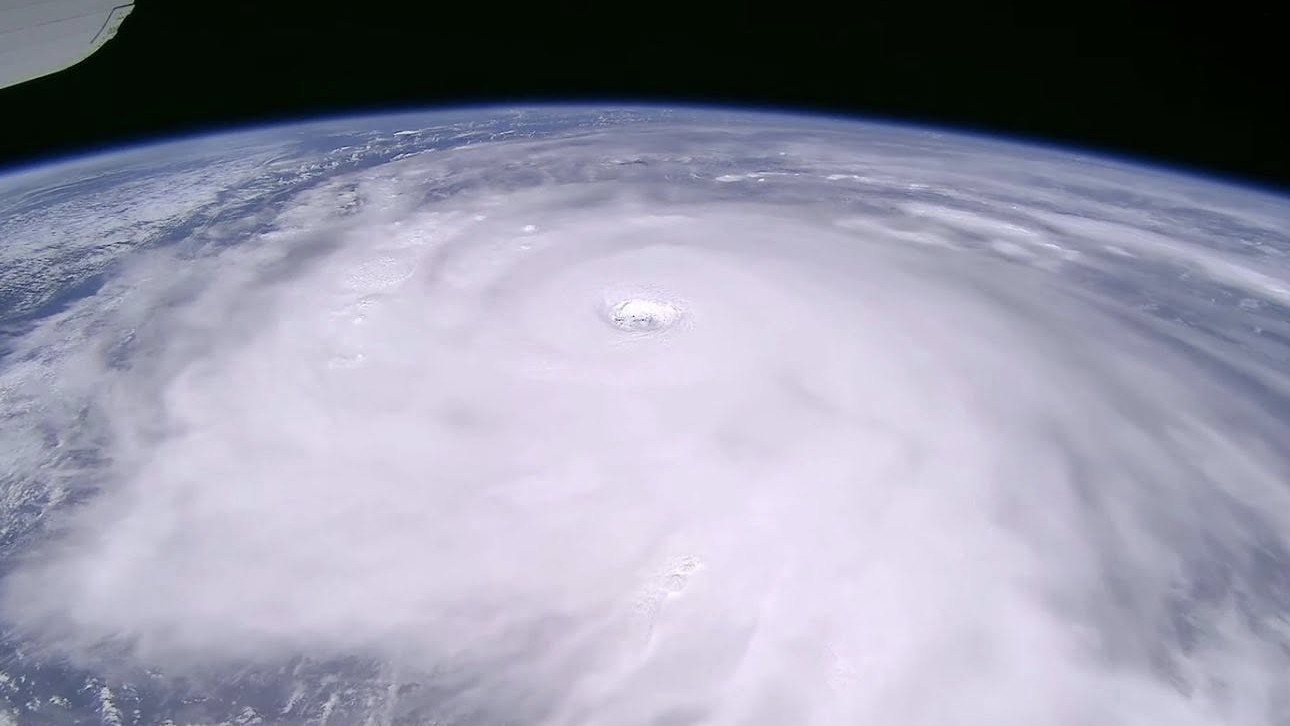Typhoon Ragasa Roars Across Asia: What You Need to Know
Typhoon Ragasa, also known as
Nando, has shattered the quiet of the 2025 Pacific typhoon season, emerging as the most powerful storm of the year and leaving a trail of destruction in its wake. After rapidly intensifying to a Category 5 super typhoon, Ragasa battered northern Luzon in the Philippines on September 22, unleashing floods, landslides, and widespread damage to crops and property. With sustained winds topping 165 miles per hour, Ragasa has earned its place as the strongest typhoon of 2025 so far.
Path of Destruction: Where Is Ragasa Headed Next?
Satellite images from NASA show Ragasa swirling ominously over the Luzon Strait as of September 23, steering toward southern China’s Guangdong province. Forecasters expect the storm to make landfall in China on September 24, then skirt the Gulf of Tonkin before barreling into northern Vietnam and Laos.
-
Current Position (as of September 24): About 650 km east of Mong Cai, Quang Ninh Province, Vietnam
-
Movement: West-northwest at 20–25 km/h
-
Intensity: Category 15–16 (167–201 km/h sustained winds), gusts exceeding Category 17
-
Forecast: Landfall in Vietnam expected around noon to afternoon on September 25, with intensity dropping to Category 13–14 as it enters the Gulf of Tonkin
Meteorologists warn that Ragasa’s path remains unpredictable due to interactions with an early-season cold air mass. Even a small deviation could dramatically change which regions are hardest hit.
Unprecedented Strength and Impact
Ragasa’s rapid intensification and sustained peak strength have stunned experts. The storm’s circulation is massive, and its wind speeds rival or surpass those of Typhoon Yagi, the infamous 2024 superstorm. As Ragasa approaches China and Vietnam, it is expected to weaken only slightly, maintaining dangerous wind speeds and heavy rainfall that threaten coastal communities.
Key Impact Zones
-
Southern Guangdong, China: Severe winds and heavy rain already reported
-
Northern Vietnam (Quảng Ninh to Hà Tĩnh): Direct impact expected, with potential for flooding, landslides, and infrastructure damage
-
Laos: Projected to be affected as the system weakens and moves inland
What’s Next? Expert Commentary and Precautions
Meteorologists from both international and Vietnamese agencies are closely monitoring Ragasa’s progress. The storm’s intensity and unpredictable path mean that emergency services and residents in the projected impact zones must remain vigilant.
Actionable Takeaways:
- Residents in southern China and northern Vietnam should prepare for severe weather, including possible evacuations.
- Authorities are urging people to secure property, stock up on essentials, and stay tuned to official updates.
- The storm is expected to weaken to a tropical depression by September 26 as it moves into northwestern Vietnam, but flooding and landslides remain a major concern.
Future Implications
Typhoon Ragasa’s record-breaking strength and erratic path highlight the growing unpredictability of extreme weather events in the region. As climate patterns shift, experts warn that communities must adapt with better forecasting, infrastructure, and disaster preparedness.
Sources
1. Ragasa Steers Toward China - NASA Earth Observatory
2. Map | Definition, History, Types, Examples, & Facts | Britannica
3. Super typhoon Ragasa update 2025 - A21 Tours
4. Typhoon Ragasa - Wikipedia
5. Super Typhoon Ragasa kills 14 in Taiwan as Hong Kong braces for ...
